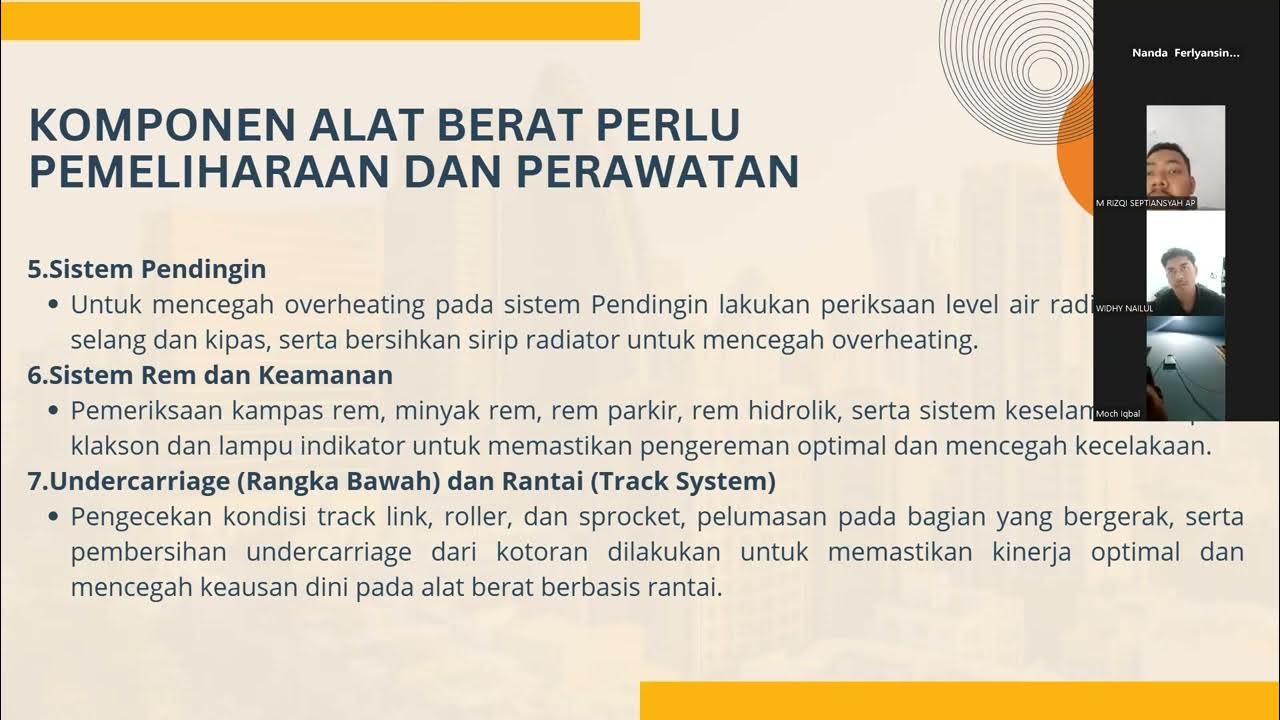Exploring Different Types of Machine Sensors in Manufacturing: Uses, Pros & Cons
Summary
TLDRThis video delves into the pivotal role of sensors in modern industries, focusing on their impact on predictive maintenance, equipment reliability, and safety. From vibration and temperature sensors to proximity and ultrasonic sensors, the video explores real-world scenarios where these devices prevent costly failures, optimize performance, and ensure safety across various sectors. Key examples include a Portland-based ice cream factory, a manufacturing plant, and a chemical processing facility, showcasing how these technologies can predict problems before they occur. The video emphasizes the importance of understanding sensor technology for the future of industrial automation and efficiency.
Takeaways
- 😀 Sensors are critical in monitoring and maintaining the performance of machinery in various industries, ensuring reliability and reducing downtime.
- 😀 Vibration sensors help in detecting potential mechanical failures, enabling predictive maintenance and minimizing costly repairs.
- 😀 Temperature sensors are essential in monitoring equipment temperature to avoid overheating, ensuring product quality, and preventing hazards.
- 😀 Ultrasonic sensors play a key role in detecting corrosion and wall thickness variations, helping to ensure pipeline integrity and safety.
- 😀 Pressure sensors provide real-time data to maintain safe pressure levels in systems like high-pressure vessels and steam lines, preventing catastrophic failures.
- 😀 Proximity sensors detect misalignment in rotating equipment, such as shafts, helping to avoid premature bearing wear and costly repairs.
- 😀 Optical sensors ensure accurate product alignment on conveyor belts, preventing sealing errors, machine jams, and waste in packaging plants.
- 😀 Ultrasonic level sensors are used for monitoring liquid levels in tanks, preventing overflow, pump damage, and safety hazards in chemical processing plants.
- 😀 Accelerometer sensors monitor vibrations in rotating machinery, detecting issues early and preventing unexpected breakdowns and extending equipment lifespan.
- 😀 The integration of sensors with advanced analytics and machine learning allows for predictive maintenance, improving asset performance and operational efficiency.
Q & A
What role do sensors play in the modern industrial landscape?
-Sensors play a pivotal role in driving maintenance, ensuring reliability, and providing real-time data across various sectors. They monitor and collect data to maintain optimal performance, enabling predictive maintenance and reducing downtime.
How has sensor technology evolved in terms of industry applications?
-Sensor technology, which was once confined to high-tech industries, is now integrated into non-technical sectors like food and automotive industries. This integration, combined with advanced analytics and machine learning, transforms sensor data into actionable insights.
What are some common types of sensors mentioned in the script?
-The script mentions various types of sensors, including temperature sensors, vibration sensors, ultrasonic sensors, proximity sensors, optical sensors, accelerometer sensors, and pressure sensors.
How does a vibration sensor help in predictive maintenance?
-Vibration sensors continuously monitor vibration patterns of machinery. They alert maintenance teams to abnormalities, allowing for early detection of mechanical failures and preventing costly downtime.
What is the purpose of temperature sensors in maintaining industrial equipment?
-Temperature sensors help monitor the temperature of equipment, ensuring it remains within safe limits. This prevents overheating, maintains optimal performance, and protects against damage, especially in motors and critical machinery.
How do ultrasonic sensors assist in detecting pipeline issues?
-Ultrasonic sensors detect corrosion and variations in wall thickness of pipelines by sending ultrasonic waves and measuring the echoes. Any irregularities in the wall thickness signal potential pipeline integrity issues.
Why are proximity sensors essential in industrial automation?
-Proximity sensors detect the presence or absence of objects without physical contact, enabling smooth operations. They are crucial for preventing issues like bearing failure and coupling damage by detecting misalignment early.
What is the function of a pressure sensor in steam distribution systems?
-Pressure sensors monitor steam pressure in distribution pipes. They help prevent over-pressure conditions by triggering alarms or releasing excess steam, thus preventing hazards like ruptures or explosions.
How do optical sensors enhance quality control in manufacturing?
-Optical sensors, including photoelectric sensors, detect product alignment, presence, and spacing on conveyor belts. They help prevent sealing errors, machine jams, and product waste, increasing efficiency and reducing human error.
What advantages do ultrasonic sensors offer in liquid level monitoring?
-Ultrasonic sensors measure liquid levels without physical contact by emitting sound waves and analyzing the echoes. They offer high reliability, work with various liquids, and reduce the risk of spillage and pump damage.
Outlines

此内容仅限付费用户访问。 请升级后访问。
立即升级Mindmap

此内容仅限付费用户访问。 请升级后访问。
立即升级Keywords

此内容仅限付费用户访问。 请升级后访问。
立即升级Highlights

此内容仅限付费用户访问。 请升级后访问。
立即升级Transcripts

此内容仅限付费用户访问。 请升级后访问。
立即升级5.0 / 5 (0 votes)






